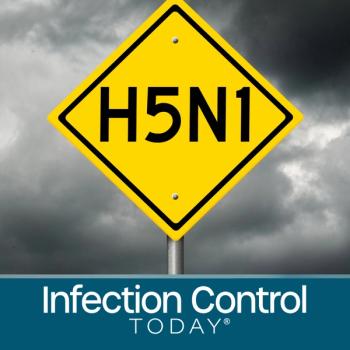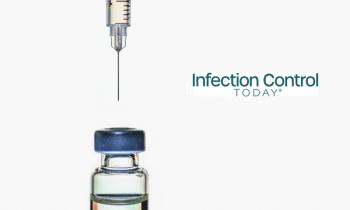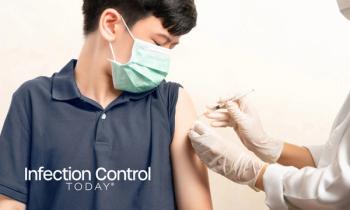
- Infection Control Today, June 2022, (Vol. 26, No. 5)
- Volume 26
- Issue 5
Health Care Worker COVID-19 Risk Stemmed From Workplace, Not Community
However, improved IPC measures were not sufficient to protect HCP from occupational exposures during periods of high community incidence.
Health care personnel diagnosed with COVID-19 were most likely to be exposed to SARS-CoV-2 in their workplaces despite previous thought that health care personnel (HCP) exposure to be non-occupational as COVID-19 cases increased in their communities.
The first assessment of reported COVID-19 exposures over time among US HCP during the global pandemic was published today in the
Infection Control Today®: Please give our readers a summary of the key findings and why they are important.
Rachael M. Billock, PhD: Many HCP with COVID-19 reported exposures at work, particularly when incidence in the wider community was high. Heightened community incidences of COVID-19 were associated with greater proportions of HCP with COVID-19 reporting workplace exposures and fewer reporting household or community exposures. This is important because it suggests that the known association between incidence in the community and incidence among HCP is likely due to increased exposures both at the workplace and outside of it during periods of high community incidence, rather than to increased community exposures alone.
ICT®: What is the practical application for the key findings for infection preventionists from this study?
Billock: Approximately two-thirds of HCP with COVID-19 who reported exposure on the job reported exposures to patients and coworkers with COVID-19, with many reporting both exposure types. This finding underscores the importance of improved infection prevention and control (IPC) measures to address transmission through all health care-associated routes, including coworker-to-coworker transmission, during future outbreaks.
ICT®: What results surprised you, if any?
Billock: Although not entirely surprising, we were very pleased to observe the sharp decline in HCP with reported COVID-19 diagnoses, particularly those reporting workplace exposures, that occurred following initiation of the national vaccination program among HCP. These findings highlight the success of the rapid rollout of SARS-CoV-2 vaccinations and suggest that HCP, regardless of personal vaccination status, may have also experienced reduced workplace exposures due to early vaccination among coworkers and some patient populations.
I was surprised by how well the proportions of HCP with COVID-19 exposed at work and community COVID-19 incidence trended together over time. We initially hypothesized that there would be a positive association between community incidence and health care-associated exposure prevalence at the start of pandemic, but that this association would reverse over time as health care workplace IPC measures improved and some preventive measures in the community were relaxed. Instead, this association was maintained until vaccination programs began, emphasizing that even improved IPC measures were not wholly sufficient to protect HCP from occupational exposures during periods of high community incidence. In other words, when incidence in the community was higher, so was the proportion of HCP with COVID-19 exposed in the workplace, even with improved infection prevention and control measures.
ICT®: What, if any, future research will there be related to this one?
Billock: We used data from CDC case-level surveillance to conduct this study. However, HCP status, known exposures, and exposure settings, and health care work setting are not required case report fields, and complete data were unavailable for many cases. One of our priorities is to improve collection of work-related information in surveillance systems so that we can proactively identify and work to reduce occupational exposures to SARS-CoV-2, and other infectious diseases, among all workers.
ICT®: Is there anything else that you would like to add?
Billock: I want to reiterate what I think are the 2 most important takeaways from this study, which are 1) that high reported prevalences of workplace exposures among HCP diagnosed with COVID-19, particularly during periods of high community incidence, stress the continued importance of improved infection prevention and control measures to protect HCP at work; and 2) there is a clear need for improved collection of work-related variables, such as industry, occupation, and workplace exposures, in infectious disease surveillance data, particularly among HCP.
Articles in this issue
over 3 years ago
The OR: A Prime Target for Pathogensover 3 years ago
A Pandemic Paradigm Shift in Our Understanding of Transmissionover 3 years ago
Children 6 Months to 6 Years 1 Step Closer to a COVID-19 VaccineNewsletter
Stay prepared and protected with Infection Control Today's newsletter, delivering essential updates, best practices, and expert insights for infection preventionists.





